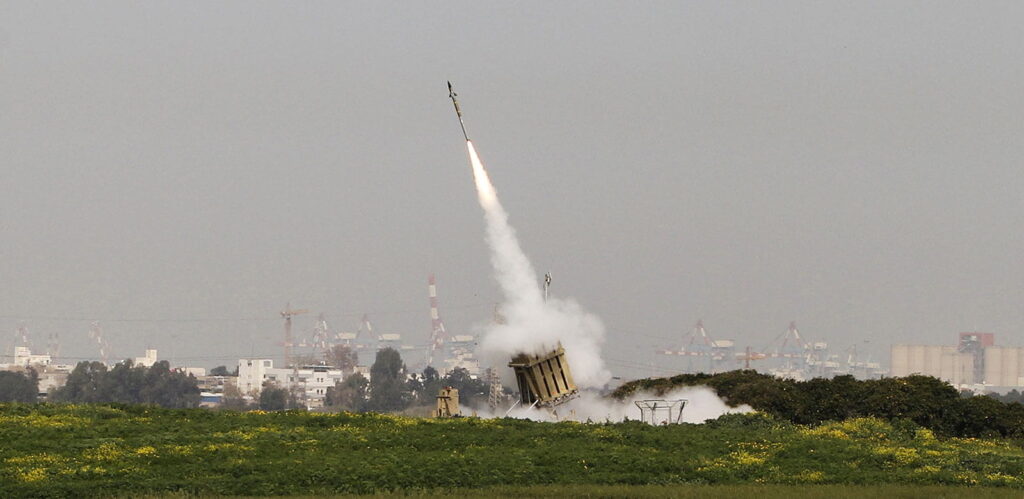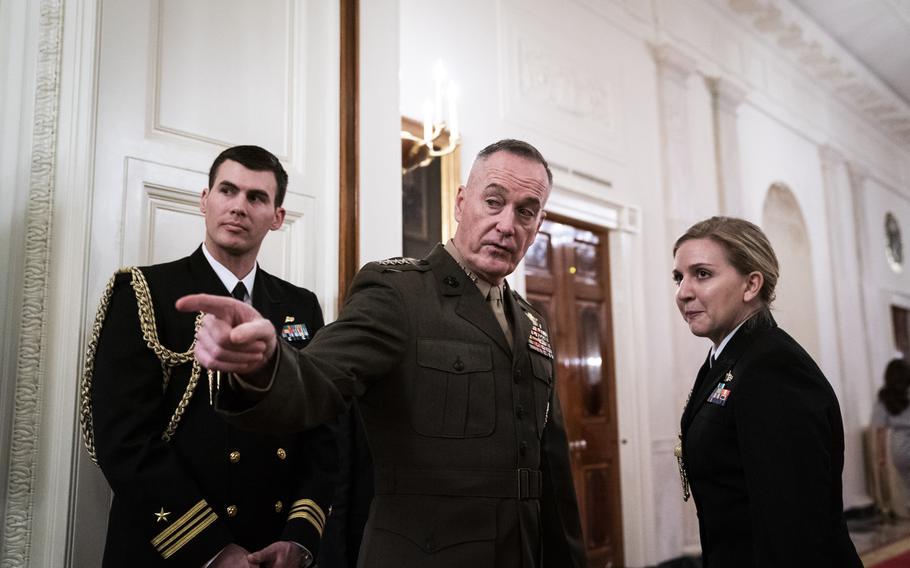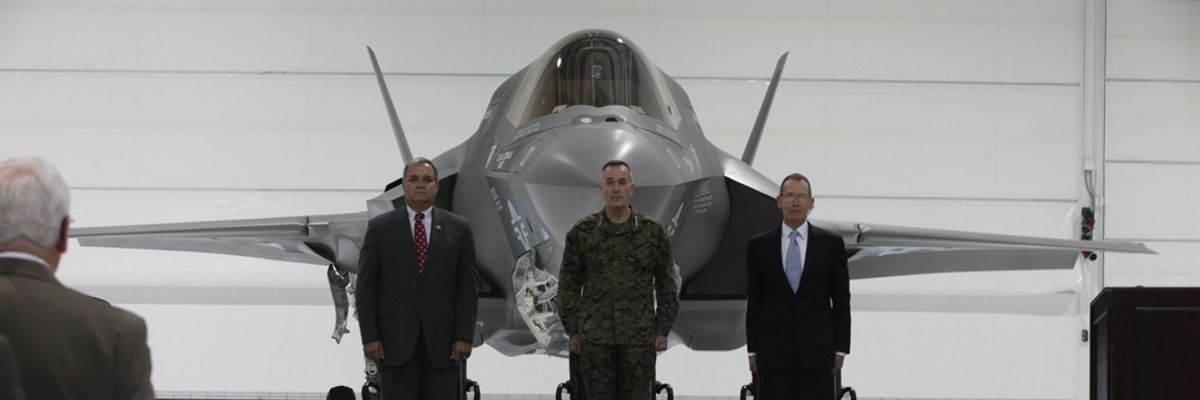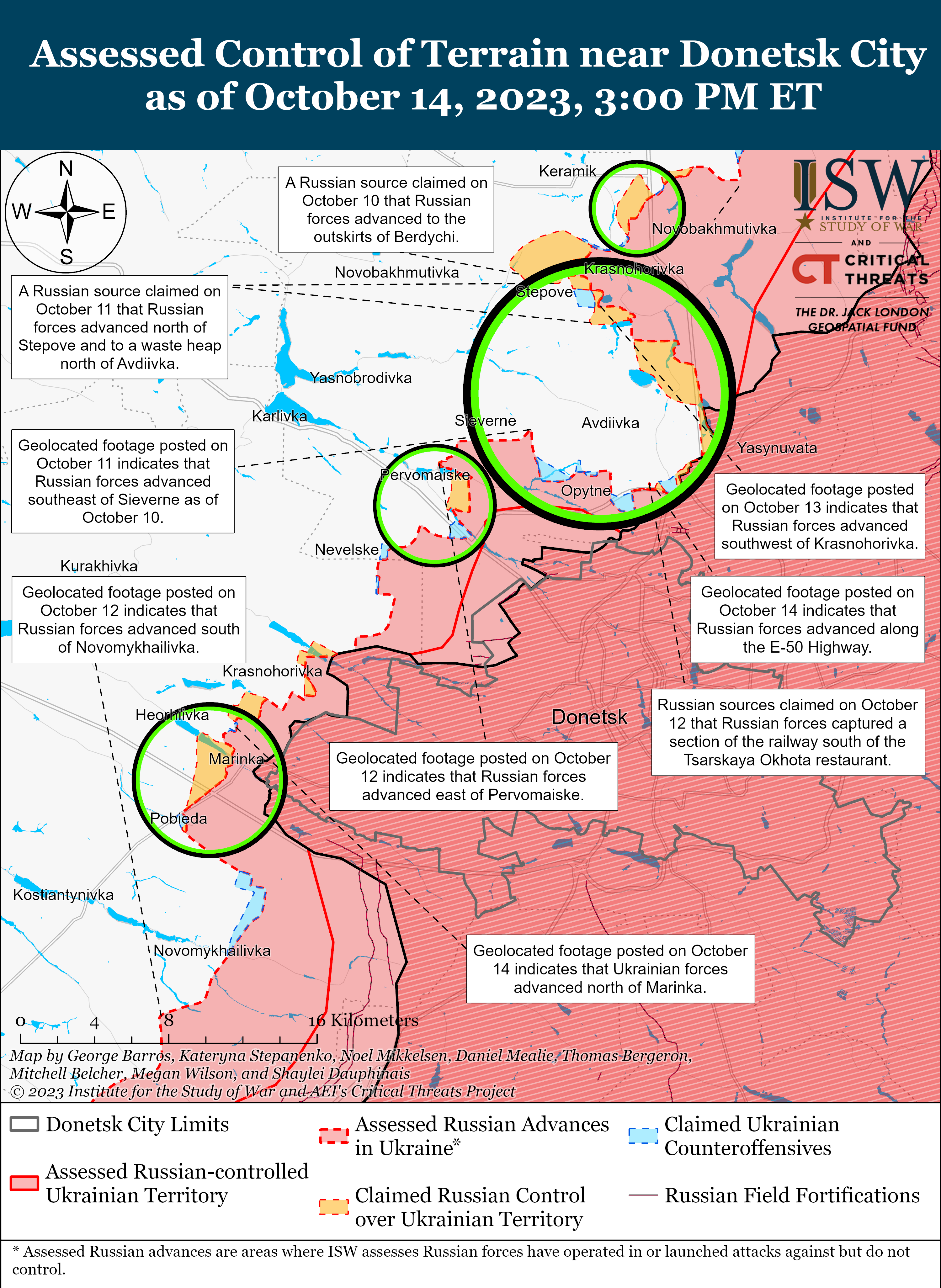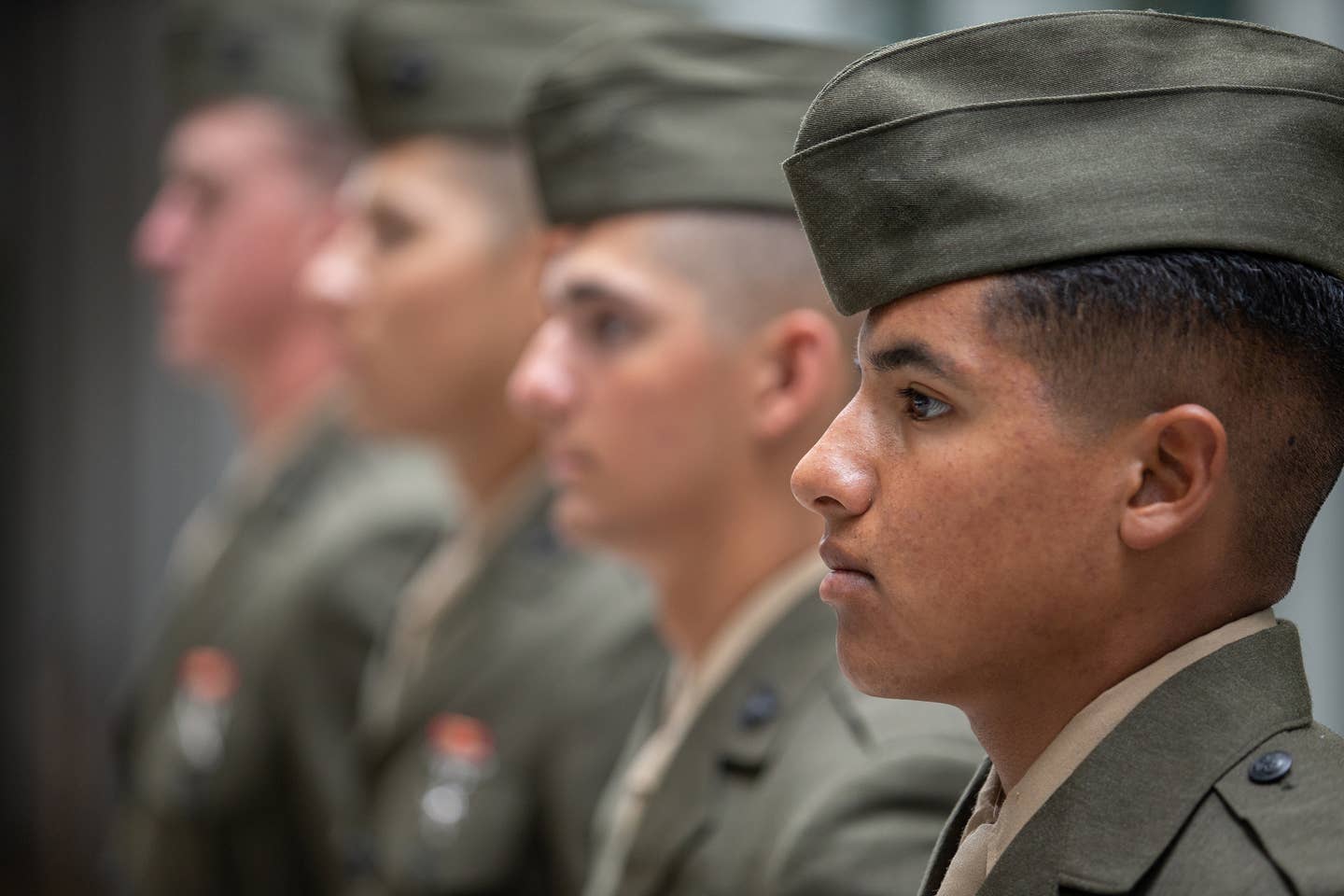Nidal Al-Mughrabi and John Davison
Israel was preparing on Saturday to launch a ground assault in the Hamas-controlled Gaza Strip, after telling Palestinians living in the densely populated territory to flee south towards a closed border with Egypt.
The Israeli national security adviser meanwhile warned Lebanese militant group Hezbollah not to start a war on a second front, threatening the "destruction of Lebanon" if it did.
Israel has vowed to annihilate Hamas in retaliation for a rampage in which its fighters stormed through Israeli towns a week ago, shooting civilians and seizing scores of hostages in the worst attack on civilians in Israel's history.
Some 1,300 people were killed in an onslaught that shocked Israel over the killing and graphic mobile phone footage and reports from medical and emergency services of atrocities in the towns and kibbutzes that were overrun.
In response, Israeli jets and artillery have subjected Gaza to the most intense bombardment it has ever seen, putting the enclave, home to 2.3 million Palestinians, under total siege.
Gaza authorities say more than 2,200 people have been killed, a quarter of them children, and nearly 10,000 wounded. Rescue workers searched desperately for survivors of nighttime air raids.
Thousands of Palestinians fled the north of the Gaza Strip on Saturday from the path of the expected Israeli ground assault, while Israel pounded the area with more air strikes and said it kept two roads open to let people escape.


